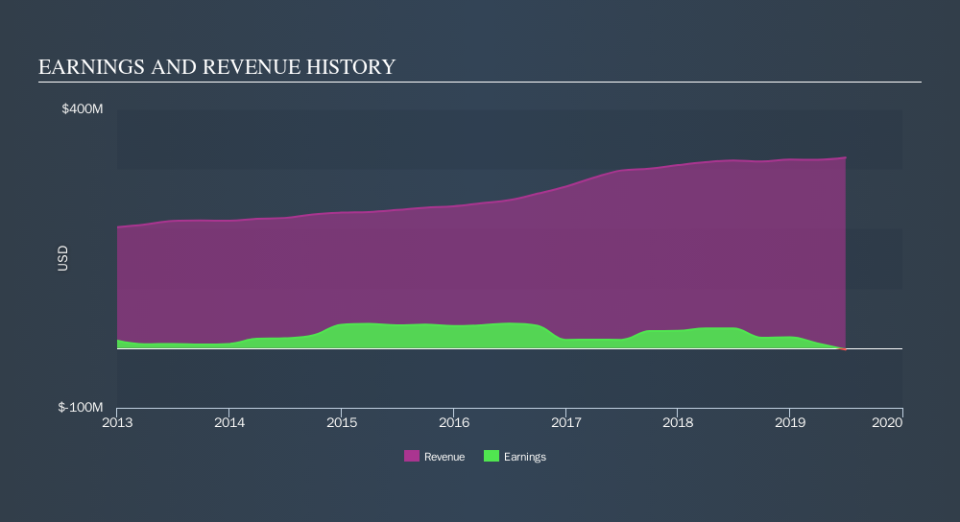Does The Luminex Corporation (NASDAQ:LMNX) Share Price Tend To Follow The Market?

Anyone researching Luminex Corporation (NASDAQ:LMNX) might want to consider the historical volatility of the share price. Volatility is considered to be a measure of risk in modern finance theory. Investors may think of volatility as falling into two main categories. First, we have company specific volatility, which is the price gyrations of an individual stock. Holding at least 8 stocks can reduce this kind of risk across a portfolio. The second sort is caused by the natural volatility of markets, overall. For example, certain macroeconomic events will impact (virtually) all stocks on the market.
Some stocks are more sensitive to general market forces than others. Some investors use beta as a measure of how much a certain stock is impacted by market risk (volatility). While we should keep in mind that Warren Buffett has cautioned that 'Volatility is far from synonymous with risk', beta is still a useful factor to consider. To make good use of it you must first know that the beta of the overall market is one. A stock with a beta greater than one is more sensitive to broader market movements than a stock with a beta of less than one.
See our latest analysis for Luminex
What does LMNX's beta value mean to investors?
Looking at the last five years, Luminex has a beta of 0.80. The fact that this is well below 1 indicates that its share price movements haven't historically been very sensitive to overall market volatility. If history is a good guide, owning the stock should help ensure that your portfolio is not overly sensitive to market volatility. Share price volatility is well worth considering, but most long term investors consider the history of revenue and earnings growth to be more important. Take a look at how Luminex fares in that regard, below.
How does LMNX's size impact its beta?
Luminex is a small company, but not tiny and little known. It has a market capitalisation of US$962m, which means it would be on the radar of intstitutional investors. Small companies often have a high beta value, but they can be heavily influenced by company-specific events. This might explain why this stock has a low beta.
What this means for you:
One potential advantage of owning low beta stocks like Luminex is that your overall portfolio won't be too sensitive to overall market movements. However, this can be a blessing or a curse, depending on what's happening in the broader market. In order to fully understand whether LMNX is a good investment for you, we also need to consider important company-specific fundamentals such as Luminex’s financial health and performance track record. I highly recommend you dive deeper by considering the following:
Future Outlook: What are well-informed industry analysts predicting for LMNX’s future growth? Take a look at our free research report of analyst consensus for LMNX’s outlook.
Past Track Record: Has LMNX been consistently performing well irrespective of the ups and downs in the market? Go into more detail in the past performance analysis and take a look at the free visual representations of LMNX's historicals for more clarity.
Other Interesting Stocks: It's worth checking to see how LMNX measures up against other companies on valuation. You could start with this free list of prospective options.
We aim to bring you long-term focused research analysis driven by fundamental data. Note that our analysis may not factor in the latest price-sensitive company announcements or qualitative material.
If you spot an error that warrants correction, please contact the editor at editorial-team@simplywallst.com. This article by Simply Wall St is general in nature. It does not constitute a recommendation to buy or sell any stock, and does not take account of your objectives, or your financial situation. Simply Wall St has no position in the stocks mentioned. Thank you for reading.

 Yahoo Finance
Yahoo Finance 
